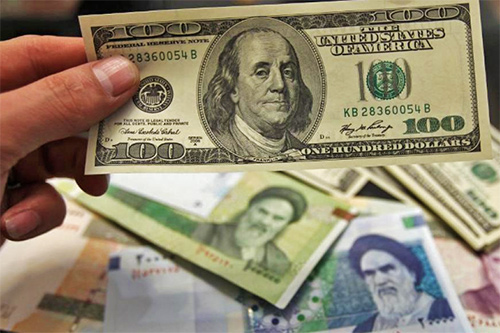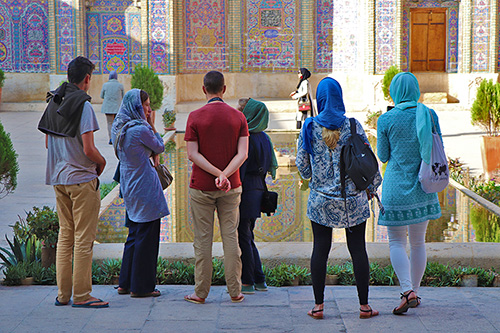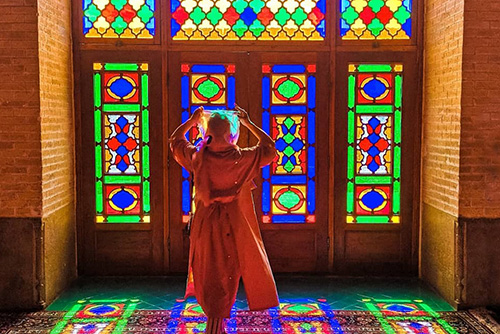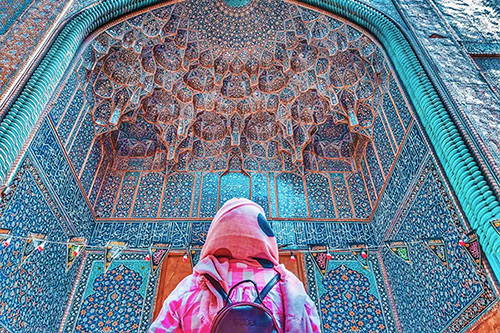 Signin with Google
Signin with Google Signin with Facebook
Signin with Facebook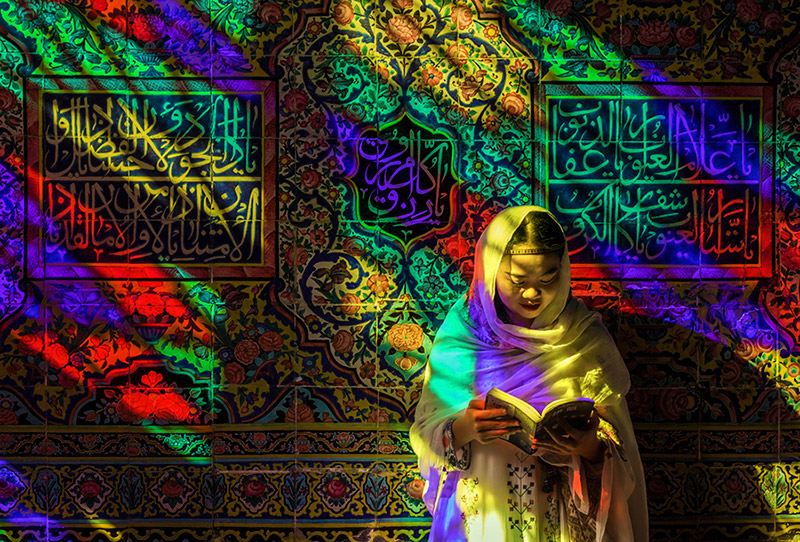
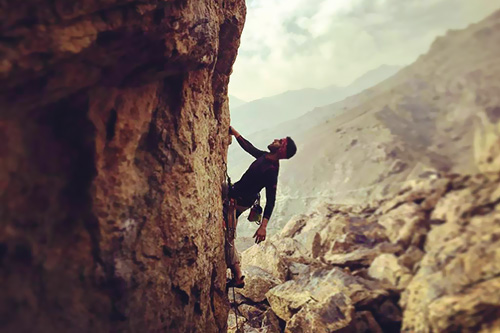
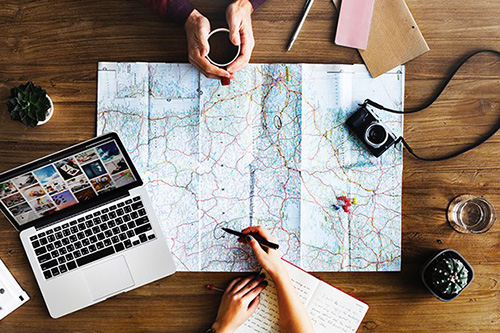 About Iran,Survival Tips,Before Traveling
About Iran,Survival Tips,Before TravelingPublic Holidays in Iran: What and When? (2020 Calendar)
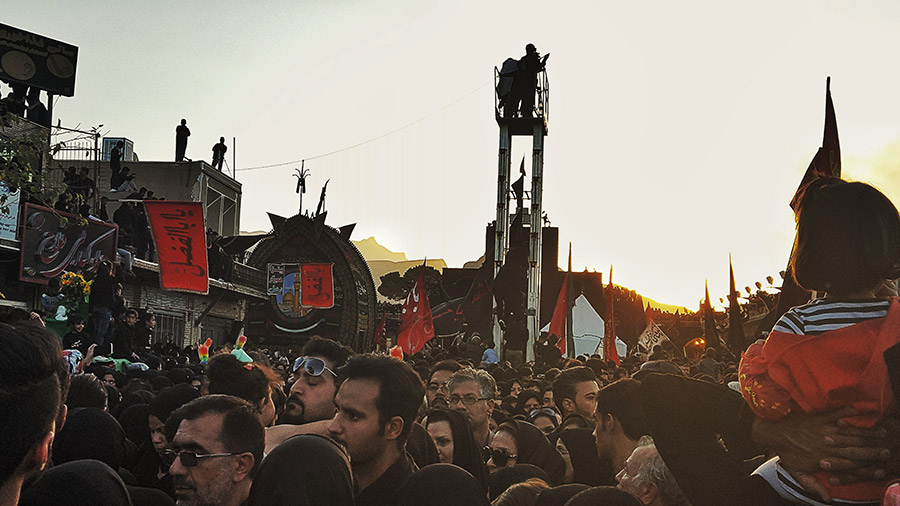
Did you know that Iran is the country with the highest number of public holidays over the world? About 25 days are off each year, most of them related to Shia Muslim celebrations.
Like in most countries in the world, during public holidays the activity is considerably slowed down: most shops are closed earlier or even all day. Generally, tourist attractions and sights remain open, but opening hours might change. And of course, during these public holidays, expect to see Iranians enjoying as you the delights of traveliمng and sightseeing (which also means more people on the roads!).
So before booking your trip to Iran, have a quick look at the celebrations and days off to be fully prepared. A single day off usually doesn't affect much tourists' plans. However, during extended weekends (which takes place on Thursdays and Fridays) and, of course, Nowruz holidays, we advise you to book your transportation and accommodations in advance. And once in Iran, follow our recommendations to enjoy the celebrations among locals!
Don't get confused with calendars!
Last but not least, note that Iran uses three different calendars the most: the Solar Hijri calendar, which is a direct descendant of the ancient Zoroastrian calendar and is most commonly used in Iran. The Lunar Hijri calendar which governs the lives of Muslims people. Finally, the Gregorian calendar used in most parts of the world. Both the Solar and Lunar calendar, given the fact that they are based on natural observations, change over the course of the years. So be sure to always cross-check the dates with your Gregorian calendar, by installing an app such as "iPersia Calendar" on your smartphone for example!
The unmissable Persian New Year
Based on the Solar Hijri calendar. Dates are for 2020-2021 (the year 1399 on the Solar calendar)
20 to 23 March / 1 to 4 Farvardin: "Nowruz". The Iranian New Year. It's the most important national celebration in Iran, and it's really a unique experience for visitors. The precise date of New Year Eve can slightly change while it's based on the exact moment of the vernal equinox, but it's usually on the 20th or 21st March. The four first days of the new year are off, as all Iranians are visiting their families and enjoying the celebrations. The Nowruz holidays are longer though, with most people out of work and schools closed. It usually starts one week before Nowruz (around the 14th of March) to the end of two weeks after (around the 3rd of April).
1 April / 13 Farvardin: "Sizdah Be Dar". During this "Nature Day", which marks the end of the Nowruz holidays, all Iranians leave their house and go outside to parks and the countryside, where they organize huge picnics.
Public holidays related to the Islamic Republic
These celebrations are also based on the Solar Hijri calendar, for 2020-2021.
10 February / 22 Bahman: "Magnificent Victory of the Islamic Revolution of Iran". This day marks the anniversary of Khomeini's return to Iran in 1979 and thus the culmination of the Islamic Revolution. Large and crowded marches are organized in every city of Iran, starting in the morning, around 9:30, to coincide with the arrival time of Ruhollah Khomeini on Iran's soil.
19 March / 29 Esfand: "Oil Nationalization Day". This day off commemorates the nationalization, by the Iranian Parliament in 1951, of the Anglo-Iranian Oil Company and takes place just one day before Nowruz. It's a major event in modern Iran history, which led to the pursuit of Iranian national sovereignty.
31 March / 12 Farvardin: "Iranian Islamic Republic Day". This national holiday celebrates the anniversary of the establishment by referendum of the Islamic Republic of Iran in 1979.
3 June / 14 Khordad: "Heart-Rending Departure of the Great Leader of the Islamic Republic of Iran". This mourning day commemorates the death of Ayatollah Khomeini, Iran's supreme leader, in 1989. The biggest celebrations take place in Tehran, Qom and Khomeini's place of birth.
4 June / 15 Khordad: "Anniversary of the Arrest of Ayatollah Khomeini". The 4th of June witnessed a major event for the future Islamic Revolution in 1963. On this day Khomeini was arrested by the Shah, two days after its public denunciation of Mohammad Reza Pahlavi. This event generated what is known as the "Movement of 15 Khordad".
Muslims celebrations
These holidays follow the Lunar Hijri calendar, which rhythm the lives of Muslim people and is based on lunar observations. The following dates are for 2020-2021 (years 1442 and 1443 on the Lunar Hijri calendar). Most of the time, during these holidays, mosques are the centre of the celebrations, where prayers are held and food distributed. Use date converter applications or websites to convert Hijri Islamic calendar into the Gregorian calendar date.
3 Jumada al-Thani: "Martyrdom of Fatima". On this day, Shia Muslims commemorate the death of Fatima, the Prophet's daughter, a venerated figure for Muslims.
13 Rajab: "Birth of Imam Ali". Imam Ali is one of the most important figures for Shia Muslims, who consider him as the first true Imam. In Iran, the Father's Day is also celebrated on this day.
27 Rajab: "Ascension of Holy Prophet". This day commemorates the spiritual ascension of the Prophet Muhammad to heaven.
15 Shaban: "Birthday of Imam Mahdi". Ceremonies are held to celebrate the anniversary of the birthday of the twelfth and last Shia Imam, Imam Mahdi, born almost 1200 years ago and known as the Savior.
21 Ramadan: "Martyrdom of Imam Ali". This mourning day commemorates the death, as a martyr, of Imam Ali, some 14 centuries ago.
1 Shawwal: "Eid al-Fitr". At the end of this day, Muslims break the one-month fasting of Ramadan with large meals shared in families or in public places.
25 Shawwal: "Martyrdom of Imam Sadegh". Raised by Imam Ali, Imam Sadegh was the sixth Shia Imam and a major figure for Shias.
10 Dhu-al-Hijjah: "Eid-e Ghorban". Also called the "Festival of Sacrifice", it's a holy festival to honour the sacrifice of Abraham on God's command.
18 Dhu-al-Hijjah: "Ghadir-e Khom". This day celebrates the day on which the Prophet gave a sermon and announced Ali ibn Abi Talib as his successor.
9 Muharram: "Tasu'a". This celebration takes place during the holy month of Muharram, just on the eve of Ashura. During this day, huge ceremonies are held as well as street theatre recalling the death of Imam Hossein.
10 Muharram: "Ashura". The commemoration of Ashura is a huge event in Iran, as it marks the anniversary of the martyrdom of Imam Hossein, the third Shia Imam. Ashura's celebration is prepared several weeks in advance, with black and green decorations flourishing all over the cities. Yet the 10 of Moharram is the main day of commemorations, with people marching, religious public singings, and street theatres portraying the battle of Karbala in 680.
20 Safar: "Arbaeen". This day is also related to Ashura's celebrations, as it commemorates the 40th day after the Imam Hossein's death, according to the Shia tradition.
28 Safar: "Martyrdom of the Prophet Muhammad". On this day, Muslims mark the death of the Prophet, as well as the martyrdom of his grandson Imam Hassan, the second Shia Imam.
30 Safar: "Martyrdom of Imam Reza". The eighth successor of the Prophet, Imam Reza, is an important Shia figure, who has his mausoleum in Mashhad, the largest mosque in the world.
8 Rabi al- avval: "Martyrdom of Imam Hassan al- Askari".
17 Rabi-al-Awwal: "Birth of the Prophet Muhammad". On this day, Muslims all over the world celebrate the birth of the Prophet.
As you can see, Iran holds many celebrations, who find their roots in ancient and modern religions, as well as in the Islamic Republic. With a touch of preparation, travelling in Iran during public holidays is not complicated. It can even be a chance if you join the celebrations, especially during Nowruz's holidays, one of the most authentic events of the Persian culture.
Summary of public holidays in Iran
To sum up, here are all the public holidays in Iran over the year (dates are based on 2020)
3 Jumada al-Thani: "Martyrdom of Fatima".
22 Bahman: "Magnificent Victory of the Islamic Revolution of Iran".
13 Rajab: "Father's day and the birth of Imam Ali".
29 Esfand: "Oil Nationalization Day" and "Birth of Imam Ali".
1-4 Farvardin: "Nowruz", the Iranian New Year.
12 Farvardin: "Iranian Islamic Republic Day".
13 Farvardin: " Nature's day or Sizdah Be Dar".
15 Shaban: "Birthday of Imam Mahdi".
21 Ramadan: "Martyrdom of Imam Ali".
1st Shavval: "Eid al-Fitr".
14 Khordad: "Heart-Rending Departure of the Great Leader of the Islamic Republic of Iran".
15 Khordad: "Anniversary of the Arrest of Ayatollah Khomeini"
25 Shawwal: "Martyrdom of Imam Sadegh".
18 Dhu-al-Hijjah: "Eid al Ghadir-e Khom".
10 Muharram: "Ashura".
20 Safar: "Arbaeen".
28 Safar: "Martyrdom of the Prophet Muhammad".
30 Safar: "Martyrdom of Imam Reza".
8 Rabi al- avval: "Martyrdom of Imam Hassan al- Askari"
17 Rabi-al-Awwal: "Birth of the Prophet Muhammad and Imam Jafar Al- Sadeq".
